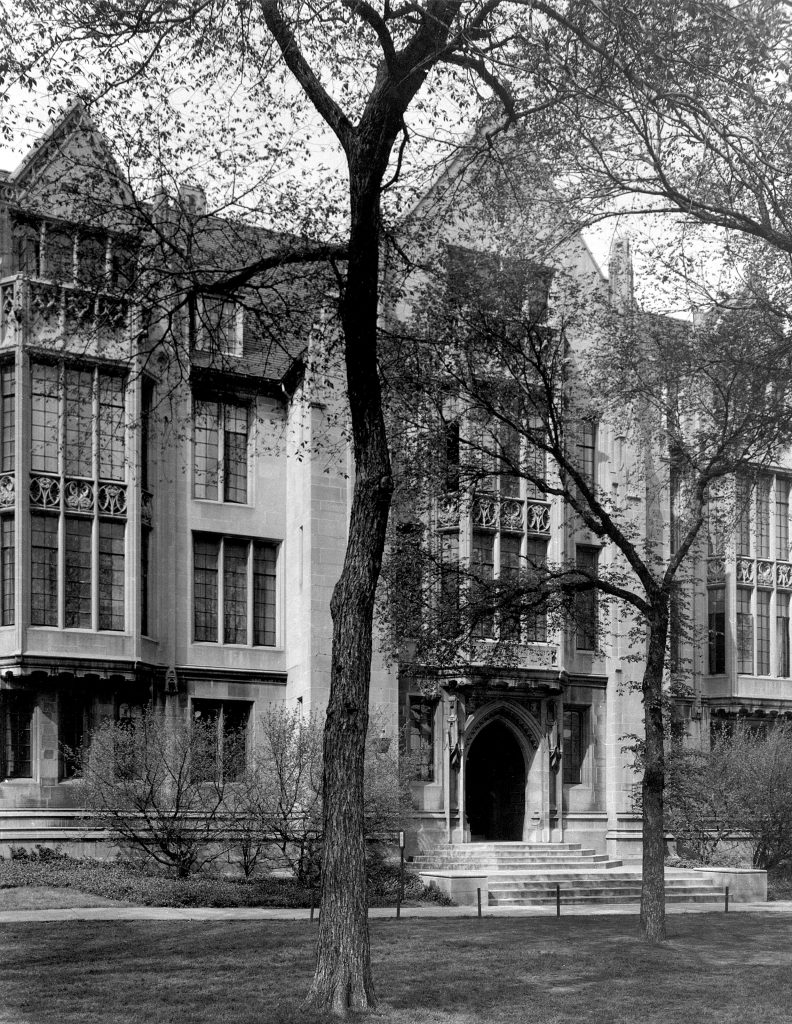Richard Fox worked in the shop at the University of Chicago’s Metallurgical Laboratory (“Met Lab”) during the Manhattan Project. He worked in the Chicago Pile 1 (CP-1) group.
Fox was responsible for rigging the control rod mechanism for the Chicago Pile 1. According to Oak Ridge National Laboratory: The First Fifty Years, Fox described his set-up as nothing special: ‘The manual speed control was nothing more elaborate than a variable resistor with a piece of cotton clothesline over a pulley and two lead weights to make it ‘fail safe’ and return to its zero position when released.’
While he was initially worried the clothesline would slip off the pulley, Fox had his worries alleviate on December 2, 1942. On that day, Fox was on one of the forty-nine scientists, who witnessed the Chicago Pile 1 at Stagg Field become the world’s first nuclear reactor to critical. Describing the feeling of success, Fox recalled ‘it was as though we had discovered fire!’
In 1943, Fox left the Met Lab for Oak Ridge. At Oak Ridge, he worked in the Instrumentation and Controls Division.
After NASA requested assistance from Oak Ridge, Fox and other scientists took on new responsibilities related to space exploration and research. Fox designed the vacuum-sealed boxes for storing astronauts’ lunar rock samples on Earth.
Richard Fox died on April 9, 1996.
For more information about Richard Fox and the Chicago Pile 1 Pioneers, please see the following reference:





